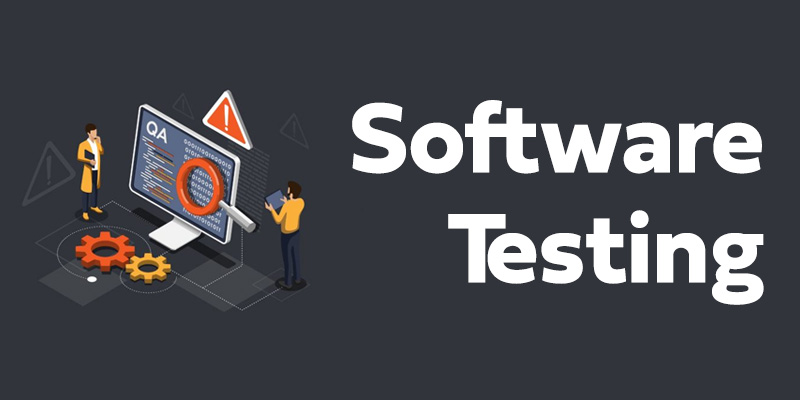Imagine constructing a bridge without ever testing its strength under real-world conditions. It might look perfect on paper, but one untested flaw could bring everything crashing down. Software development works much the same way. Without testing, even the most beautifully written code can collapse under the weight of user expectations, security threats, or system load.
Quality Assurance (QA) isn’t just about finding bugs—it’s about ensuring trust. It validates that a product does what it promises and continues to do so under varying conditions. Yet, convincing stakeholders of its value often requires translating technical diligence into business outcomes.
Testing as the Guardian of Brand Reputation
Think of testing as a vigilant gatekeeper standing at the final checkpoint before a product meets the world. Its job is to prevent embarrassing or costly errors from slipping through. A single overlooked bug can damage user trust and erode brand credibility built over the years.
In today’s fast-paced digital environment, where users switch platforms at the slightest inconvenience, quality becomes a non-negotiable factor. QA ensures that the customer experience remains seamless—turning first-time users into loyal advocates.
Aspiring professionals learning through software testing coaching in Chennai often discover that QA is not merely a phase in development—it’s an ongoing commitment to excellence. They are trained to see software through the user’s eyes, understanding that every glitch, however small, represents a potential dent in a company’s reputation.
Reducing Long-Term Costs Through Early Detection
Software defects behave like cracks in a dam. Left unnoticed, they widen over time, eventually leading to massive and expensive damage. Identifying issues early through systematic testing is far more economical than patching them post-deployment.
By integrating QA throughout the development lifecycle—from unit tests to automated regression checks—organisations can prevent cascading failures. This proactive approach turns testing into an investment rather than an expense.
Stakeholders often hesitate to allocate significant budgets for QA, viewing it as non-essential. However, data from the industry consistently proves that early testing reduces maintenance costs by up to 60%. It prevents technical debt and minimises rework, ensuring smoother project delivery and stronger ROI.
Aligning Testing Goals with Business Objectives
For non-technical stakeholders, discussions about coverage metrics or test automation frameworks can sound like jargon. Translating QA outcomes into business language bridges that gap. Instead of presenting test cases executed, highlight how testing mitigates risks, safeguards revenue, or ensures regulatory compliance.
A solid testing strategy aligns with business KPIs—reducing customer churn, improving user satisfaction scores, or enhancing release frequency. In other words, testing is not a side process; it’s a strategic enabler of growth.
Professionals trained in software testing coaching in Chennai learn to articulate this connection effectively. They’re equipped to show that testing isn’t just about the code—it’s about protecting business goals through quality delivery.
The Role of Automation and Continuous Testing
In agile environments, where releases happen weekly or even daily, manual testing alone can’t keep pace. Automation becomes the engine that keeps the QA process efficient and scalable.
Continuous testing pipelines integrate directly into DevOps workflows, ensuring that every build is verified against key performance, security, and usability benchmarks. This approach fosters collaboration between developers, testers, and business teams, reducing friction and accelerating delivery cycles.
Automation doesn’t eliminate human insight—it amplifies it. Handling repetitive tasks allows testers to focus on exploratory and risk-based testing, where creativity and intuition add the most value.
Conclusion
Quality Assurance isn’t a luxury—it’s the foundation on which trust, stability, and long-term success are built. For stakeholders, it represents reduced risks, lower costs, and improved customer satisfaction. For teams, it ensures that every release is a confident step forward rather than a gamble.
Just as architects rely on engineers to test a bridge’s durability, modern enterprises depend on testers to ensure digital stability. Investing in testing is, therefore, not just about preventing failure—it’s about ensuring excellence in every user interaction.
In the end, the question isn’t whether a company can afford testing—it’s whether it can afford to proceed without it.

